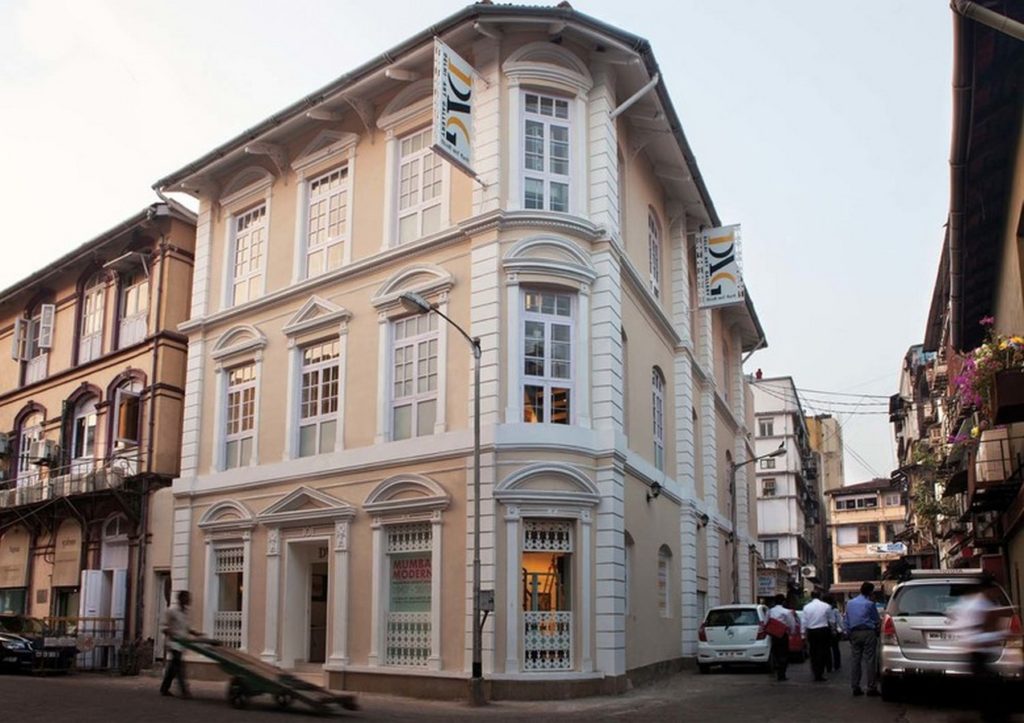
Preserving the Past: The Importance of Heritage Impact Assessments
In a world that’s constantly evolving, it’s easy to get caught up in the rapid pace of progress. However, it’s crucial to remember that our past holds the key to our identity, culture, and shared history. This is where heritage impact assessments come into play, serving as vital tools in ensuring that development and progress don’t come at the cost of our valuable heritage.
What is a Heritage Impact Assessment?
A Heritage Impact Assessment (HIA) is a systematic process designed to evaluate the potential effects of a proposed development project on cultural heritage sites, structures, landscapes, and artifacts. This assessment is conducted to determine whether the project could adversely impact any significant heritage resources and, if so, to develop strategies for minimizing, mitigating, or managing these impacts.
Why Do You Need a Heritage Impact Assessment?
- Preserving Cultural Identity: Every community has a unique cultural identity that is deeply intertwined with its heritage. Heritage sites, whether they are historic buildings, archaeological sites, or cultural landscapes, hold the stories of our ancestors and the evolution of our societies. A Heritage Impact Assessment ensures that these narratives aren’t lost to the sands of time.
- Protecting Historical Significance: Historical landmarks and artifacts provide tangible connections to our history. These sites can offer insights into past civilizations, technological advancements, and cultural practices. A proper assessment safeguards these resources from inadvertent destruction, allowing future generations to learn and draw inspiration from them.
- Sustainable Development: Modern development often requires the alteration of the existing environment. A Heritage Impact Assessment encourages a balanced approach where development can coexist harmoniously with heritage resources. This approach not only preserves the past but also contributes to sustainable development by fostering a sense of place and cultural authenticity.
- Community Engagement: Heritage sites aren’t just physical structures; they are touchstones that foster a sense of pride and belonging within communities. Involving local communities in the assessment process gives them a voice in shaping the development projects that will impact their surroundings. This collaborative approach can lead to more inclusive and culturally sensitive outcomes.
- Legal and Regulatory Compliance: Many countries have regulations and laws in place to protect cultural heritage. Conducting a Heritage Impact Assessment ensures that development projects adhere to these legal requirements. Failure to do so can lead to legal challenges, fines, and reputational damage.
- Tourism and Economic Value: Heritage sites often attract tourists, contributing to the local economy. Neglecting or destroying these sites can result in missed economic opportunities. A Heritage Impact Assessment can identify ways to enhance the tourism potential of a site while preserving its authenticity.
The Process of Conducting a Heritage Impact Assessment:
- Identification: Identify heritage resources within the project area, including historic buildings, archaeological sites, cultural landscapes, and artifacts.
- Assessment: Evaluate the potential impacts of the proposed development on these resources. Consider factors like physical damage, visual impact, and changes to the site’s setting.
- Mitigation: Develop strategies to minimize or offset adverse impacts. This might involve altering the project design, implementing protective measures, or creating educational programs.
- Monitoring and Management: Establish mechanisms to monitor the ongoing effects of the development and implement adaptive management strategies if needed.
In Conclusion:
A Heritage Impact Assessment is not just a bureaucratic requirement; it’s a commitment to honoring our past while moving forward. By recognizing the significance of our cultural heritage and understanding the potential impacts of development, we can strike a balance between progress and preservation. Only through this harmonious coexistence can we ensure that future generations inherit a world enriched by the stories of those who came before us.






